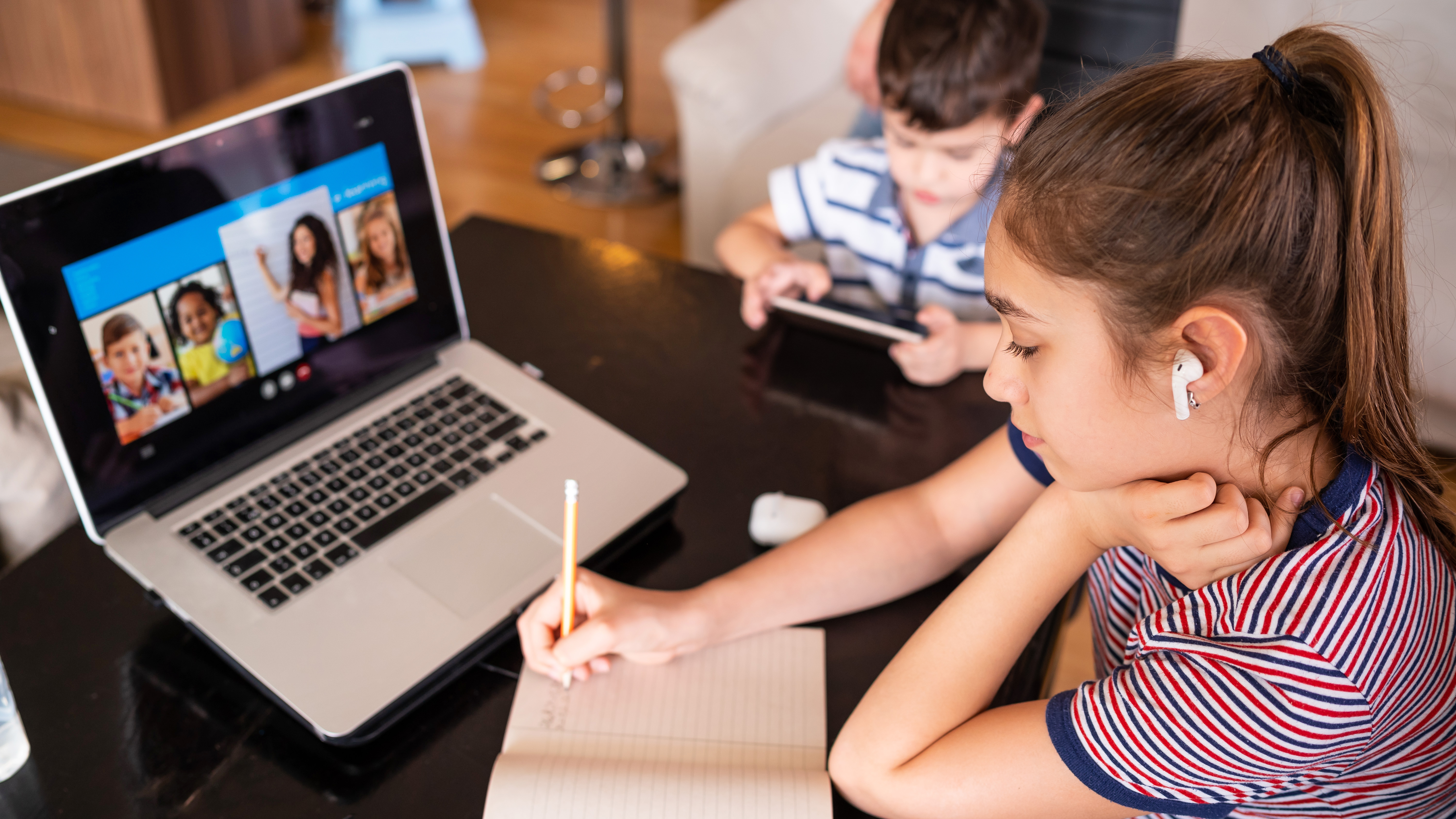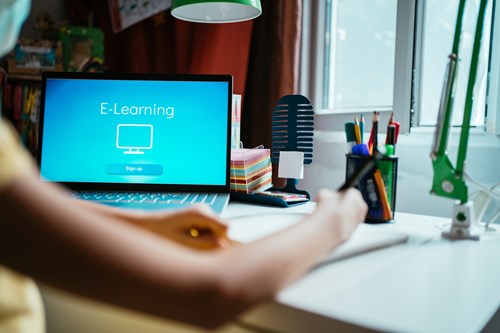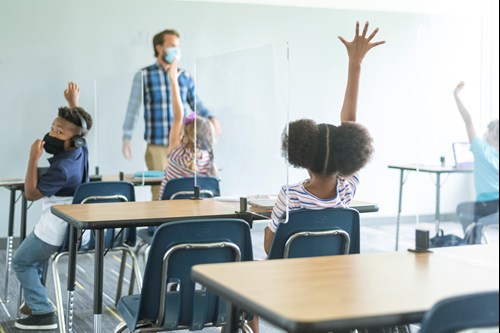Keep On Improving: Teaching In Our New Normal
Quicker than I could have imagined, the October half-term is here and there is plenty to look back on, as opposed to saving reflection posts for the end of the calendar year and/or just before the summer holidays. With Covid-19 back on the rise and the return of stricter measures at local, national and international level, it seems the changes and adaptations outlined in my post Back to Class, but not Back to Normal will remain in place for some time. That is why this post will reflect on the two months of teaching and learning post our first lockdown and what I should keep on doing and what needs to be improved upon once we return to school after the break.

1. The Student
-
Keep on – collaborating
This has been one of the best parts of our classes this term. We had previously used tools like Google Docs and Padlet to produce group or whole class collaborations occasionally, but these have now become a staple feature of our lessons. We brainstorm vocabulary together when starting a new topic, write questions and responses when engaging with a text, plan and produce joint writing tasks and virtual poster projects, and conduct peer-to-peer feedback sessions. After some in-house training from the Computing department, we have now started using OneNote (from Microsoft) as well to create an ongoing virtual record of our lessons. This means that in addition to their own notes, students have access to my annotated notes and a collection of all the links and resources we have used and created during class.
-
Improve – independent learning
While my classes have enjoyed working together, on an individual level getting students to work under their own initiative has been more of a challenge. One of the issues has been the need to maintain distance. With classes set up so that students face the front and the teacher stays within a zone near the board, I can’t simply walk round and check their screens. I have tried asking the students to share files with me at the start of the lesson, but this has proven to be time-consuming (that old paradox of the ‘digital natives’ who only ever seem to encounter technical issues when school work is involved!)

There have also been issues with the independent work set to be done each week. Some students have been slow to get started on this when left to their own devices and only engage with the bare minimum of content. They are also far from proactive about contacting the teacher when they are unsure about what to do. After half-term, I will be making use of OneNote to create workspaces for each student so I can easily track what they are doing without the need for a new file on each occasion. Patience will also be key. It is mainly the new students who are struggling with this aspect of our lessons. The ones continuing from last year are used to this way of working now but those who had a more ‘hands-off’ lockdown experience are still adapting to the expectations.
2. The teacher
-
Keep on – setting work in advance
This year has forced me to be super-organised! With a BYOD system in place and encouragement to avoid physical materials and resources where possible, I have to ensure that not only are my lessons planned in advance but also that any files, clips, links, images, or scanned documents are ready and uploaded to the appropriate place.
One upside of this is that my students can access resources ahead of lesson time. We take advantage of this in different ways – they may watch a short video or view images related to a topic before we start the initial lesson … or just simply have an idea of the new topic and come to class prepared to engage! For my lower level learners, they can read through all or part of lengthy and challenging texts and review key vocabulary before we study it in class. This all saves us time in the lesson … as long as the students engage independently of course.
-
Improve – instructions
When reflecting on why some students have not fully engaged with those independent tasks, it would be too easy (and wrong!) to think it is simply down to laziness or reluctance to take the initiative. I also have to consider how I set these activities up and how I communicate to students what they need to do. In the case where a student hasn’t had these expectations placed on them before and is in an English-medium setting for the first time, it would be unfair to just leave them to get on with it.

Over the last few weeks, I have started allotting time at the end of lessons to show any tasks that need to be completed either as homework or in the next independent study time. Not only do I talk the class through what they need to do but I also show them exactly where to find the resources (or share suggestions for where to look if they are doing research). This gives time for them to ask questions about anything they are unsure about or make their own suggestions. One idea I am experimenting with for half-term tasks is video instructions. I have recorded short videos (two–three minutes each) giving task instructions and demonstrations, adding in some text instructions when I edit everything, which will hopefully provide support for them without the need for anyone to email me during the holidays!
3. The materials
-
Keep on – going paperless
One positive aspect of going completely digital is the reduction in the amount of paper used in my lessons to virtually zero. All our notes are now kept online, as are all of their assignments and tests … automated marking of comprehension and vocab/grammar questions is my new favourite thing! PDFs and Word docs are shared, not printed. Reading texts are scanned, not photocopied. I have a paper recycling receptacle in my office that used to need emptying every two weeks but hasn’t had a single scrap in it since school re-opened. At least the lack of paper will offset the electricity needed to power all those laptops and tablets.
-
Improve – active participation
While we access materials and collaborate digitally, I have found this reduces the amount of direct interaction and participation in lessons. It is great that a student forced to stay at home can still join a lesson and work with their group on the project they began the previous week in real time. However, it is not so great when two students sat within two metres of each other use remote chat features to communicate instead of just talking to each other. It is great when all student responses to a task are visible in an instant, and yet it is not so great when they don’t engage in feedback so much because they have ‘already seen it’. Even worse is when I can’t see their work at all because they haven’t shared it yet. This is one of the areas I am still adapting too – how to get everyone involved. We have tried keeping laptop lids down for parts of the lesson to engage in real discussion, which is great until we have a student joining remotely and we need everything on to include them.

I am yet to find the ideal way to encourage even participation and best practice in this hybrid environment. As ever, your own ideas and suggestions are welcome in the comments below.

Comments
Write a Comment
Comment Submitted